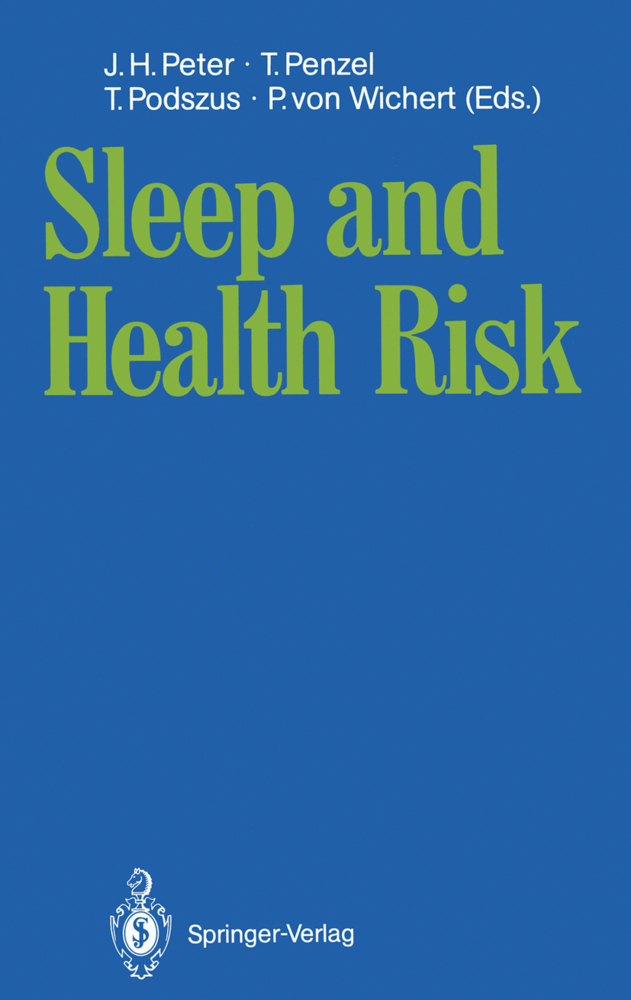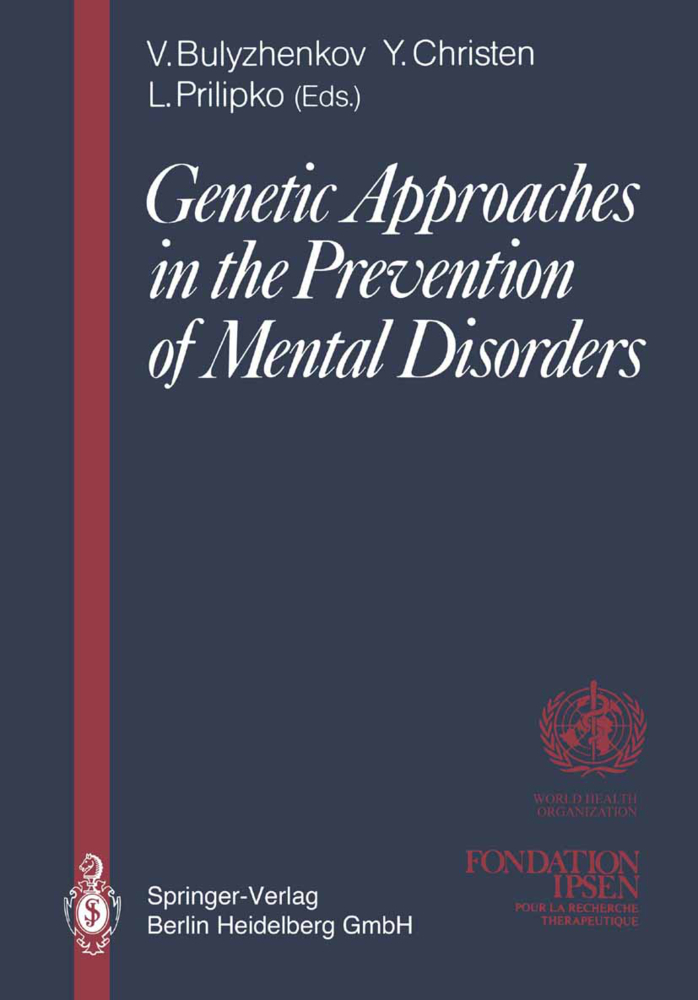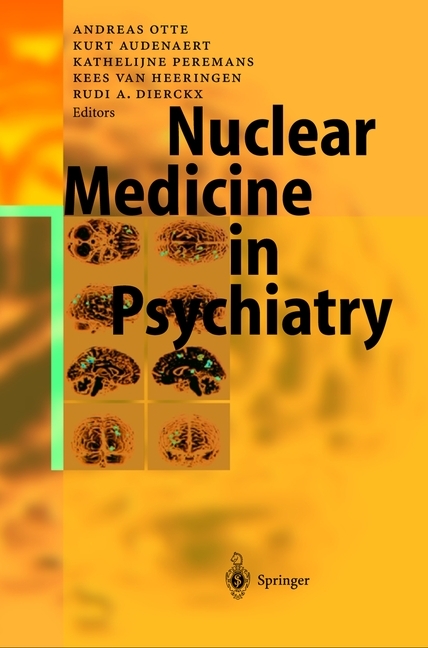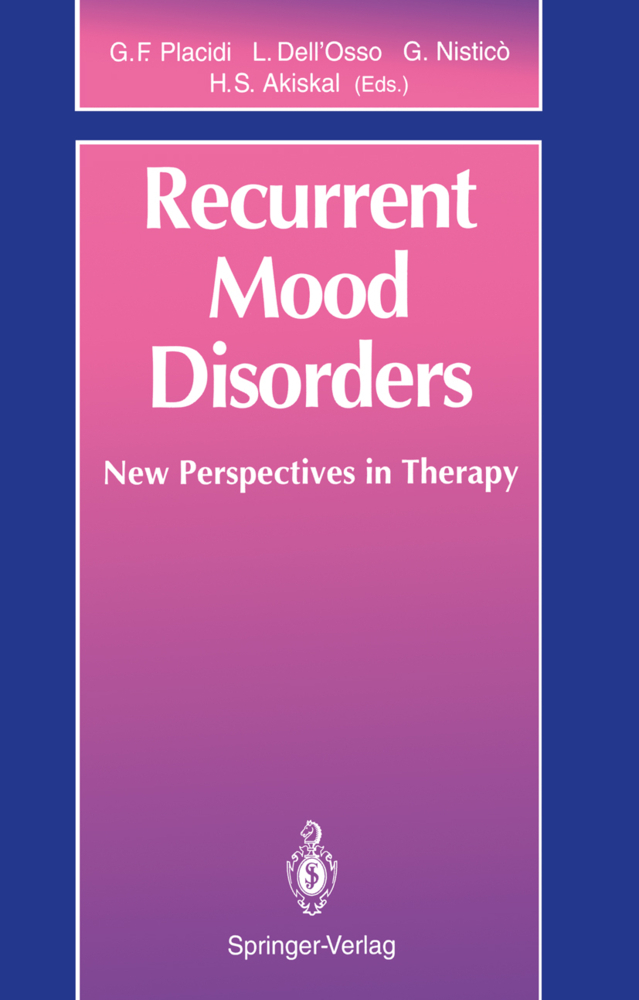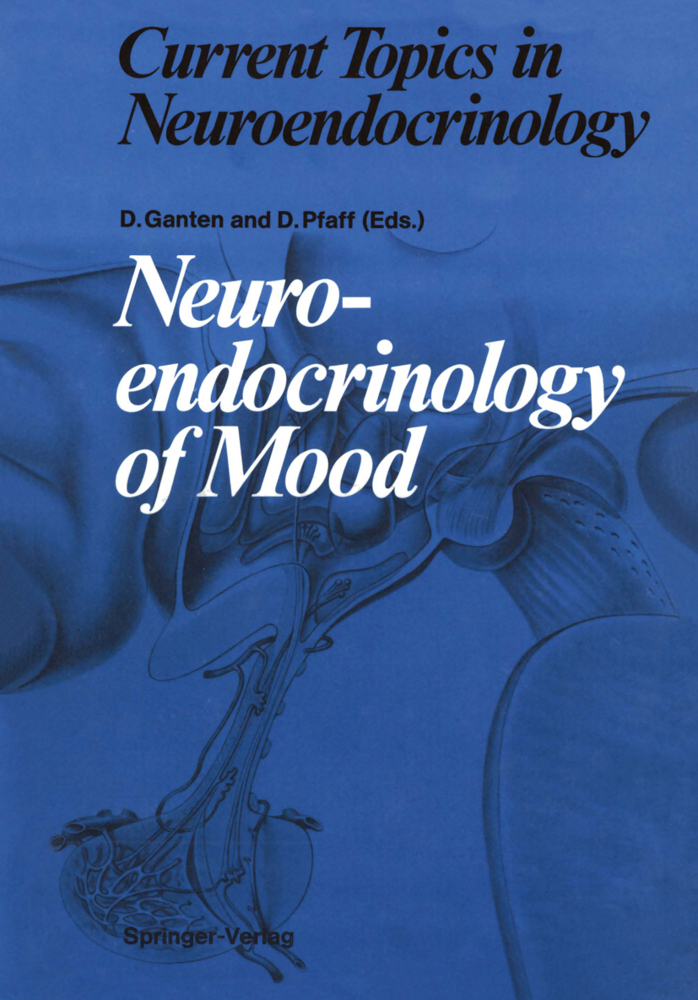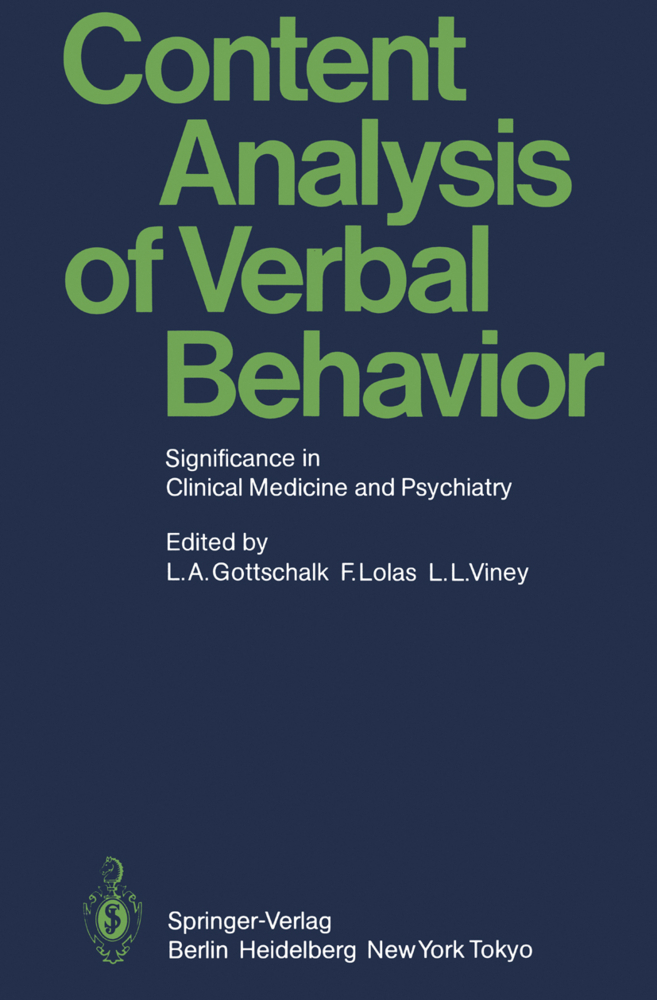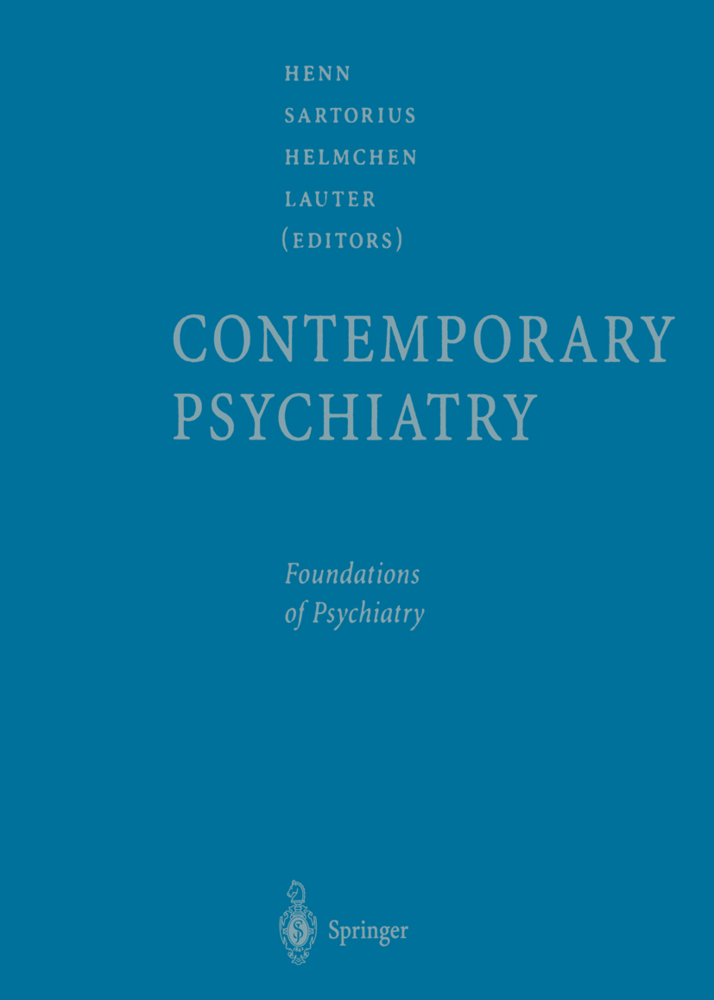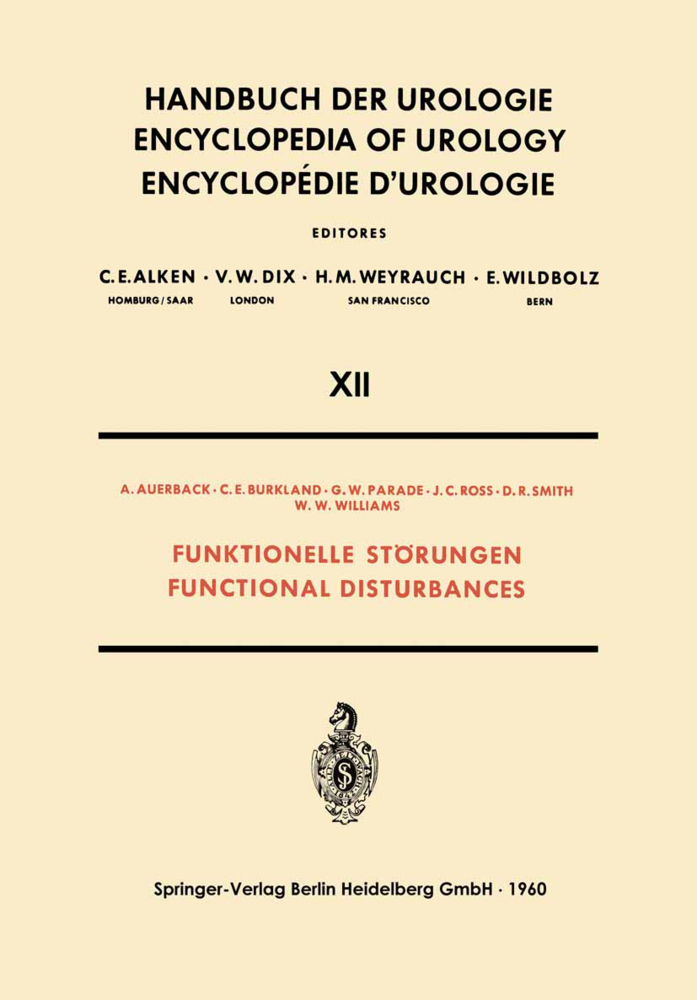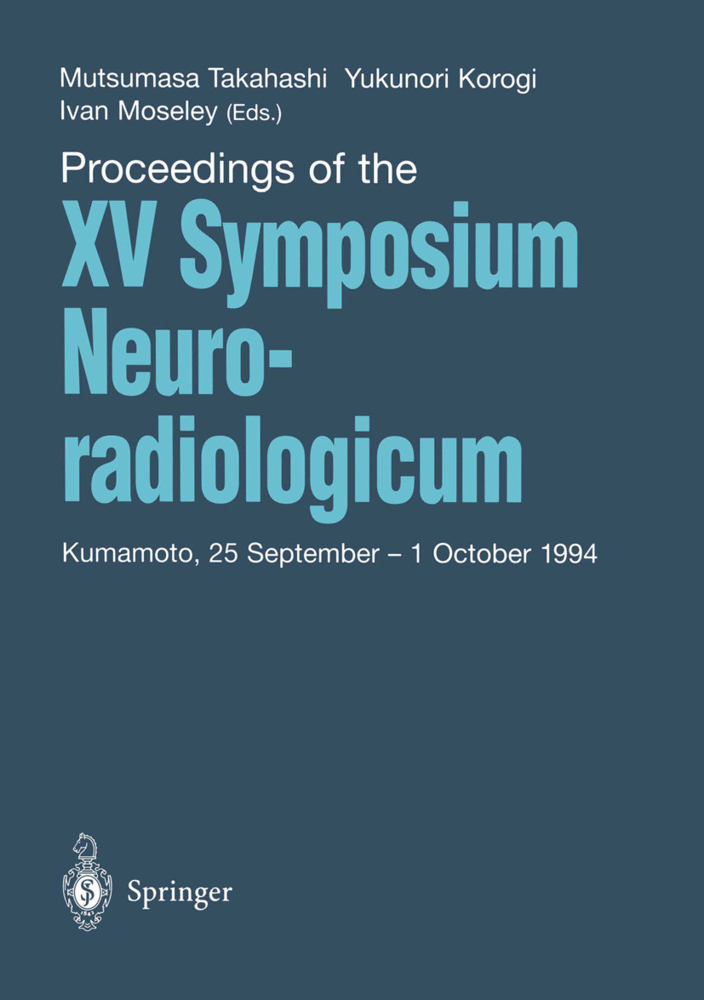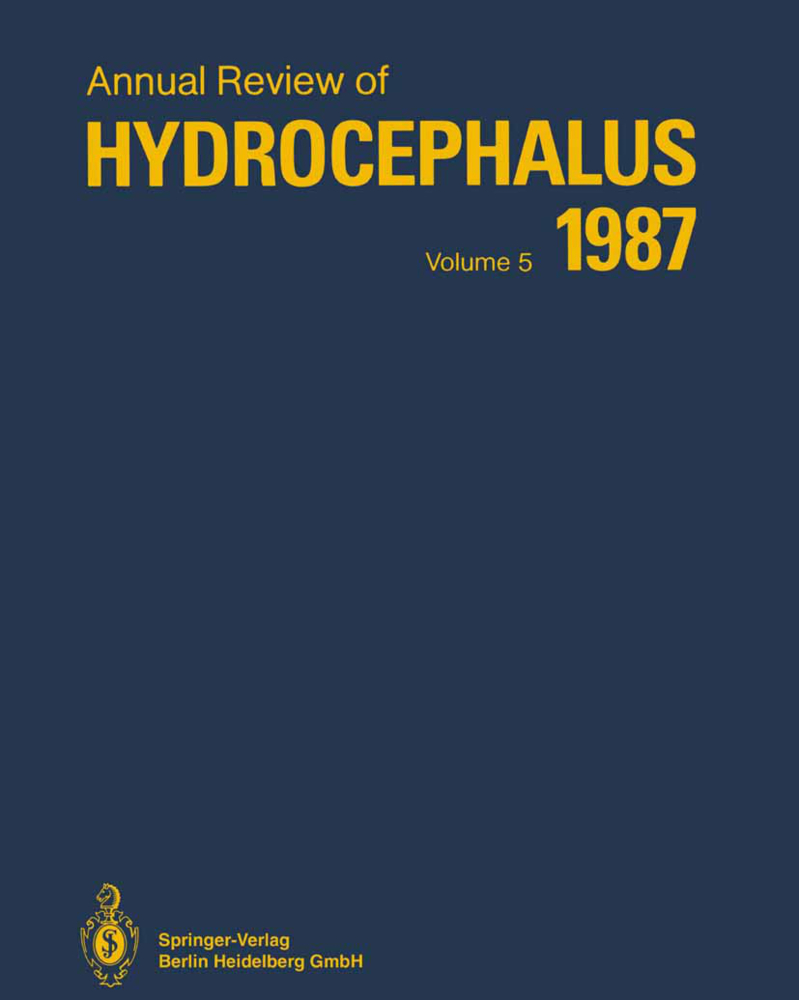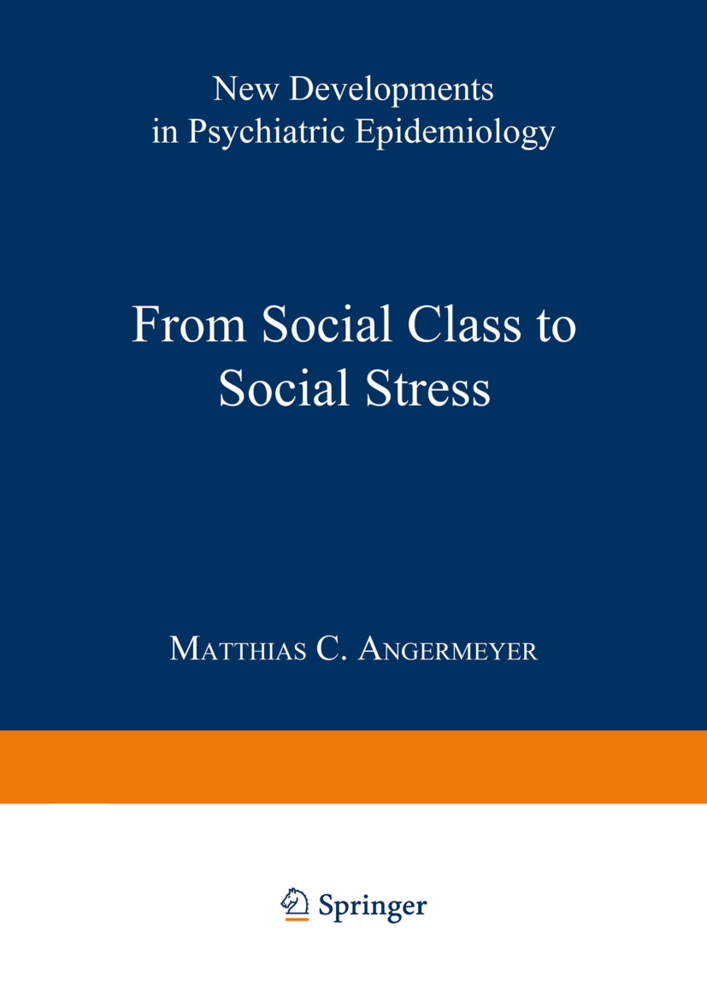Sleep and Health Risk
Sleep and Health Risk
Neueste Ergebnisse der Schlafforschung aus interdisziplinärer Sicht.
1 Sleep and Health Risk: Methodology
The Present State of Ambulatory Monitoring of SleepProblem-Oriented Diagnosis of Sleep Disorders Using Computerized Methods
Computer-Assisted Polysomnography
Vitalog "Lunchbox" Home Monitor for Evaluation of Obstructive Sleep Apnea
A Mobile Ten-Channel Unit (Sidas 2010) for the Diagnosis of Sleep-Related Breathing Disorders
Model-Based Sleep Analysis
A New Method of Electroencephalographic Analysis for the Determination of Stable and Unstable Processes
2 Sleep and Health Risk: Epidemiology
Two-Peak 24-Hour Patterns in Sleep, Mortality, and Error
Sleepiness in an Adult Population: Prevalence, Validity, and Correlates
Epidemiology and Natural History of Obstructive Sleep Apnea Syndrome
Insomnia and Menopause Among Middle-Aged Women: An Epidemiological Survey of Icelandic Women
Symptoms and Findings in 489 Outpatients with Suspected Sleep Apnea
Long-Term Evolution of Obstructive Sleep Apnea
3 Sleep and Health Risk in Neurology
Physiological Risks During Sleep
Health Risks Associated with Autonomic Nervous System Malfunction
Sleep Disturbances Caused by Rest-Dependent Muscular and Motor Dysfunctions
Health Risk Narcolepsy: Evidence for an Involvement of Alpha-Adrenergic Mechanisms
Sleep-Related Respiratory Impairment in Muscular and Skeletal Diseases
Ambulatory Monitoring of Sleep-Related Panic Attacks
Psychological Problems Correlated with Sleep Apnea
Interaction and Classification of Sleep and Health Risk
4 Sleep and Health Risk: Breathing Disorders
Central Venous Oxygen Saturation, Abnormal Gas Exchange, and Rate of Fall of Arterial Oxyhemoglobin Saturation During Obstructive Apnea
Advances in Respiration Acoustic Monitoring
Variability of Breathing Pattern
Sleep andAsthma
Mechanical Ventilation in the Treatment of Sleep-Related Breathing Disorders
The Efficiency of the MESAM System in Long-Term Control of nCPAP Therapy
Cyclical Variation of Heart Rate in Sleep Apnea Before and Under Nasal Continuous Positive Airway Pressure Therapy
Prevalence of Oxygen Desaturations and Associated Breathing Disorders During Sleep in Patients with Chronic Obstructive Pulmonary Disease
Maxillomandibular Advancement for Treatment of Obstructive Sleep Apnea
Results of ENT Examination in Patients with Obstructive Sleep Apnea Syndrome and Continuous Positive Airway Pressure Therapy
5 Sleep and Health Risk in Occupational Medicine
Shift Work and Sleep Disturbances
Sleep Apnea and Accidents: Health Risk for Healthy People?
Association Between Sleep Disturbances and Blood Pressure in Shiftworkers
6 Sleep and Health Risk in Cardiovascular Diseases
Blood Pressure in Sleep-Related Disordered Breathing: A Hypothesis
Changes in General Circulation in Sleep Apnea Syndrome
Sleep-Related Breathing Disorders and Arterial Hypertension
Investigations of Arterial Baro- and Chemoreflexes in Patients with Arterial Hypertension and Obstructive Sleep Apnea Syndrome
Analysis of Central Apnea in Patients with and Without Left Ventricular Failure
Increased Sympathetic Activity as Possible Etiology of Hypertension and Left Ventricular Hypertrophy in Patients with Obstructive Sleep Apnea
Changes in Left Ventricular Ejection Fraction During Arterial REM Sleep Desaturation and Exercise in Chronic Obstructive Pulmonary Disease and Sleep Apnea Syndrome
Pulmonary Hemodynamics in the Obstructive Sleep Apnea Syndrome
Pulmonary Artery Pressure During Central Sleep Apnea
Prevalence of Sleep Apnea in Patients Without Evidence of Cardiac Disease
Nocturnal Myocardial Ischemia and Cardiac Arrhythmias in Patients with Coronary Heart Disease and Sleep-Related Breathing Disorders
Blood Pressure Behavior in Patients with Sleep Apnea Under Cilazapril Versus Metoprolol
7 Sleep and Health Risk in Infancy
Respiratory Adaptation During Sleep in Infants and Children: Risk Factors
Infant Obstructive Sleep Apnea, Near-Miss Sudden Infant Death Syndrome, a
Penzel, Thomas
Peter, Jörg H.
Podszus, Thomas
| ISBN | 978-3-540-53083-1 |
|---|---|
| Artikelnummer | 9783540530831 |
| Medientyp | Buch |
| Copyrightjahr | 1991 |
| Verlag | Springer, Berlin |
| Umfang | XVII, 573 Seiten |
| Abbildungen | XVII, 573 p. 59 illus. |
| Sprache | Englisch |

